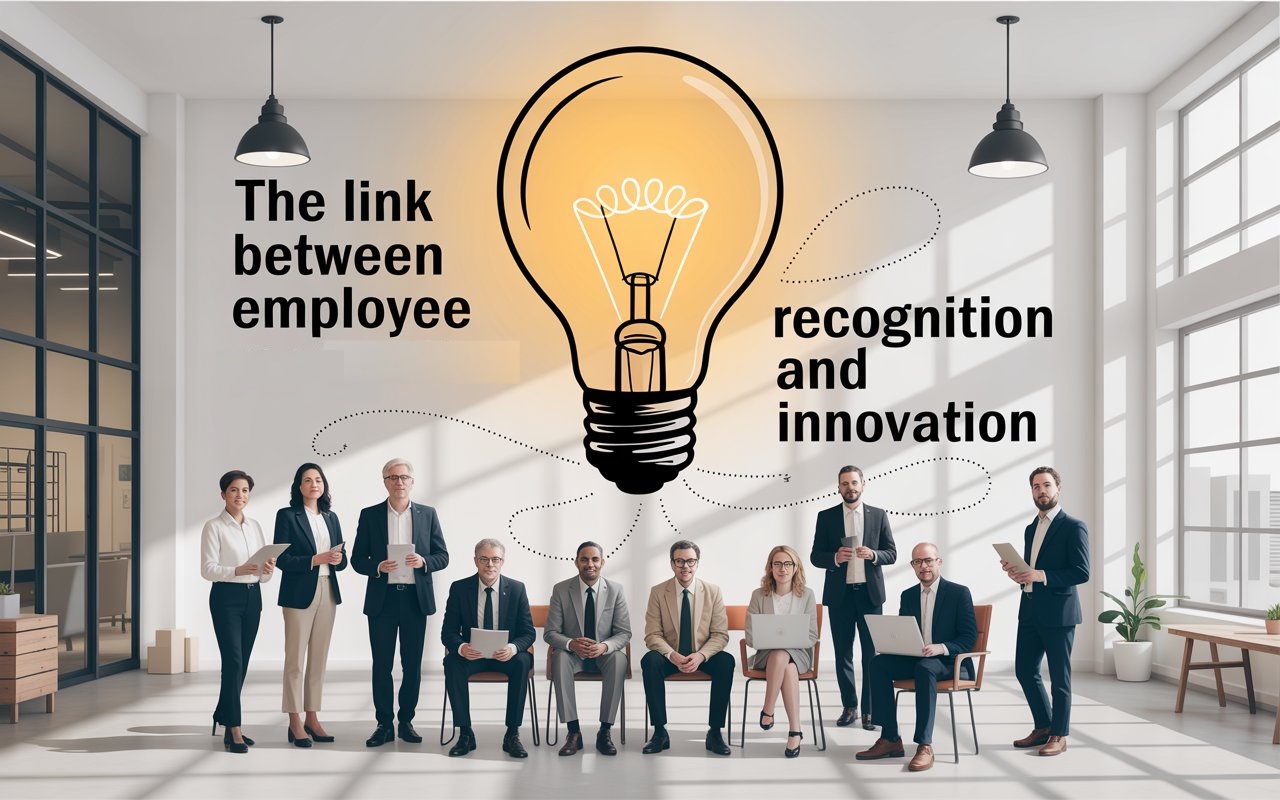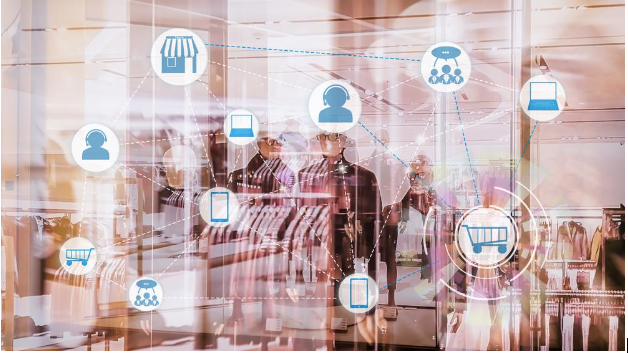Recognizing employees is not just about boosting morale—it’s a business strategy that can fuel creativity, problem-solving, and growth. Studies show that companies with strong recognition cultures are more likely to experience higher levels of innovation. When people feel appreciated for their work, they are more willing to share ideas, take risks, and find new solutions. This is where employee recognition and innovation go hand in hand.
Recognition sends a clear message: your contributions matter. This motivates employees to think beyond their daily tasks and approach challenges with fresh perspectives. Whether it’s a public thank-you, performance award, or meaningful feedback, acknowledgment fosters an environment where new ideas are encouraged. If you’re looking for ways to make recognition impactful, you can review these Innovative Employee Recognition Ideas to spark inspiration in your own workplace.
Why Recognition Drives Innovation
Innovation often requires employees to step outside their comfort zones. Recognition reduces the fear of failure by showing that effort is valued, even if the idea doesn’t work perfectly. This encourages experimentation, which is essential for innovation.
According to a Gallup study, employees who receive regular recognition are 33% more likely to proactively generate ideas for improvement. In industries where change is constant, these ideas can help companies stay ahead of competitors. Recognition doesn’t just reward results—it rewards initiative, making it easier for new concepts to take root.
The Role of Employee Motivation in Innovation
Employee motivation and innovation are closely linked. Motivation influences how actively employees engage with their work and how willing they are to think creatively.
Recognition acts as a motivator by reinforcing the value of effort. For example:
- Timely praise boosts confidence right when an employee is working on new ideas.
- Public acknowledgment inspires others to aim for similar creative achievements.
- Personalized rewards show that innovation is valued at an individual level, not just team-wide.
When employees are motivated, they are more likely to spot opportunities for improvement, test new strategies, and share their findings.
Building a Workplace Recognition and Innovation Culture
A culture that values both recognition and innovation doesn’t happen by chance—it’s built intentionally through leadership commitment, structured processes, and consistent reinforcement. When employees see that their efforts are noticed and celebrated, they feel empowered to think creatively and contribute beyond their core responsibilities.
Here are essential steps to create a workplace where recognition drives innovation:
1. Make Recognition a Daily Habit
Recognition should not be limited to annual awards or performance reviews. Managers and team leads should acknowledge efforts in real time. This can be as simple as sending a quick message of thanks, giving public praise during team meetings, or writing a personalized note. Frequent and genuine recognition reinforces the idea that creativity and initiative are valued every day, not just at milestone events.
2. Encourage Open Communication
An innovation-friendly culture requires open, two-way communication. Employees should feel safe sharing ideas without fear of judgment. Leaders can set the tone by actively listening, asking for feedback, and implementing ideas where possible. Even when suggestions are not feasible, explaining the reasons respectfully helps maintain trust and encourages future contributions.
3. Celebrate Small and Large Achievements
Innovation isn’t always about groundbreaking inventions—it often comes from small, incremental improvements. Celebrating these smaller wins builds momentum and confidence. For example, recognizing a team member who streamlined a reporting process can inspire others to look for efficiency improvements in their own work.
4. Link Recognition to Innovation Goals
Recognition becomes more impactful when it aligns with the organization’s strategic objectives. If your company is focusing on improving customer satisfaction, highlight and reward employees who develop creative solutions to customer pain points. This approach ensures that recognition supports broader business priorities while encouraging relevant innovations.
5. Provide Resources for Innovation
An innovative culture thrives when employees have the tools, training, and time to experiment. This might mean setting aside “innovation hours” each week, investing in skill development programs, or providing access to technology that supports creative work. Recognition should follow when these resources lead to tangible improvements.
6. Empower Peer-to-Peer Recognition
While leadership recognition is powerful, peer acknowledgment adds another layer of motivation. Encourage employees to appreciate each other’s contributions—this can be through digital platforms, team shout-outs, or informal recognition activities. Peer recognition builds a supportive environment where everyone feels responsible for fostering innovation.
How to Reward Employees for Innovative Ideas
Recognition programs should be clear, fair, and consistent. Here are some effective methods for rewarding employees for innovative ideas:
- Spotlight Features – Share success stories in company newsletters or meetings.
- Peer-to-Peer Recognition – Let employees nominate each other for innovative efforts.
- Learning Opportunities – Offer training, conferences, or mentorship as rewards.
- Flexible Perks – Provide benefits like extra leave or remote work days for innovation.
These approaches encourage employees to keep looking for better ways to do their work.
Recognition Programs and Business Growth
There is a direct link between recognition programs and business growth. Innovation leads to efficiency gains, cost savings, and better customer experiences—all of which improve profitability. When recognition is consistent, employees stay engaged, turnover decreases, and the company benefits from a steady flow of ideas.
Research from Deloitte shows that organizations with strong recognition programs have 31% lower turnover and are 12 times more likely to have strong business outcomes. Recognition is not just an HR initiative—it’s a driver of sustainable success.
Final Thoughts
Employee recognition and innovation are deeply intertwined—one fuels the other in a continuous cycle. When organizations intentionally build a culture that prioritizes both recognition and innovation, they give employees the confidence to think creatively, encourage innovation that brings fresh opportunities for recognition, and achieve stronger engagement, faster problem-solving, and sustained business growth.
Creating this kind of workplace is not a one-time project—it’s an ongoing commitment. By embedding recognition into daily routines, encouraging idea sharing, and aligning acknowledgment with business goals, companies can create an environment where innovation is not just encouraged—it’s a natural outcome.
Are You Recognizing Innovation In Your Workplace? How?




